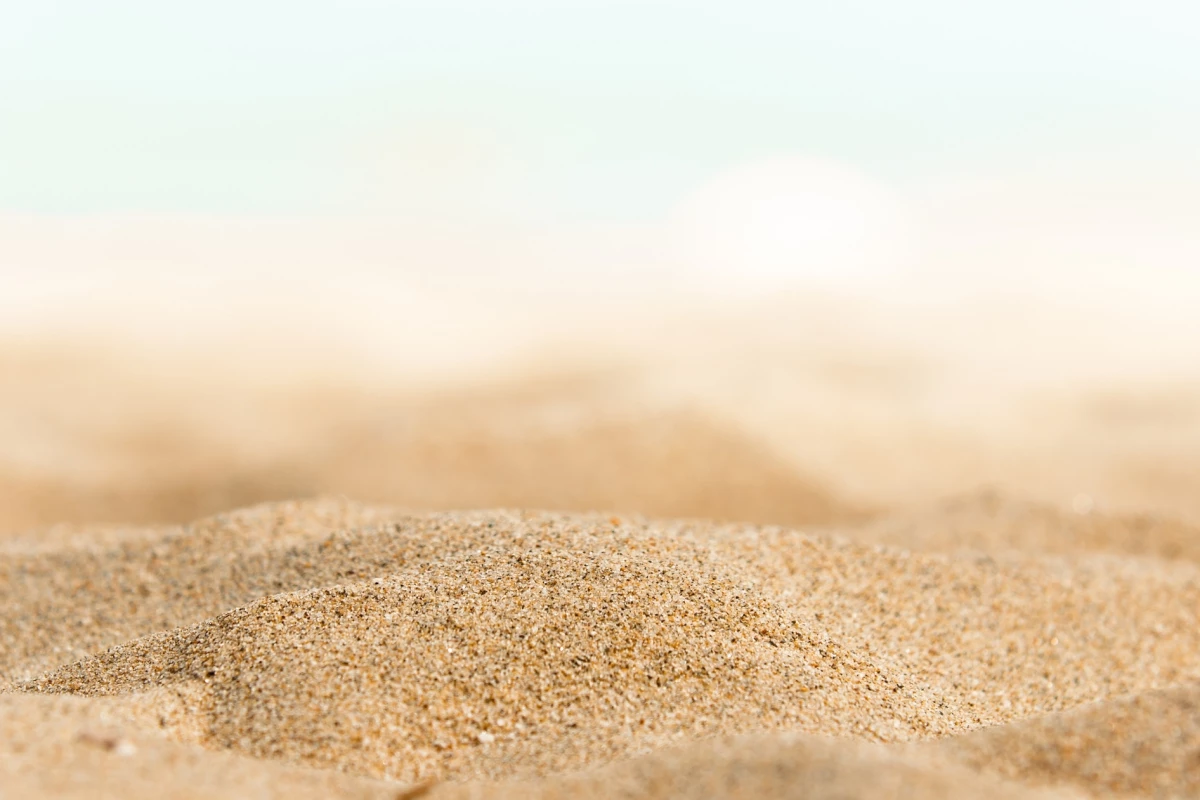Scientists are searching far and wide for new tools in the battle against rising obesity rates, and lately a promising candidate has emerged from piles of purified sand. A new study has bolstered the potential of silica particles made from this material by showing how they block enzyme activity to hamper the body’s uptake of fats and sugars, while also hinting at the ideal design for the optimal anti-obesity effects.
The research was carried out by scientists at the University of South Australia, and builds on earlier work exploring how engineered silica particles can impact the way the body absorbs energy from high-fat foods. Previous studies have shown mesoporous silica particles can drive weight loss in obese mice when added to their diet, and can be safely tolerated in male humans as a food additive. One 2020 paper also hinted at the best shape and size of particle to induce anti-obesity effects.
“Porous silica has received increasing attention for its anti-obesity potential, with human trials showing it is a safe therapy,” said lead researcher Paul Joyce. “However, exactly how it works has eluded researchers – until now. Our research shows how porous silica promotes an anti-obesity effect by functioning locally in the gut to restrict fat and carbohydrate digestion and absorption. Importantly, the gentle mechanism is expected to deliver clinically effective outcomes for weight loss, without adverse effects.”
It was previously unclear how exactly the mesoporous silica particles might be interfering with metabolism, but scientists had previously hypothesized that they impact on the behavior of certain digestive enzymes. To explore this idea more closely, Joyce and his team designed an advanced in vitro digestion model that enabled them to monitor lipid and carbohydrate digestion during a simulated high-fat, high-carbohydrate meal.
These experiments showed that engineered silica particles made from purified sand conferred their anti-obesity effects by hampering activity of digestive enzymes called α-Amylas and pancreatic lipase in the gastrointestinal tract. As with previous studies, the scientists found these effects were strongly influenced by the size of the pores and size of the particles themselves. Through testing multiple silica particles, the team found those with pores measuring 6-10 nanometers across produced the best results.
“This research has identified defined parameters for porous silica to enact anti-obesity effects,” Dr Joyce said. “The next steps are to validate these findings with animal models of obesity so that we can determine any variations for optimal anti-obesity conditions. Obesity is a completely preventable disease. This is a massive step to tackle one of the world’s most preventable health conditions.”
The research was published in the journal Pharmaceutics.
Source: University of South Australia




